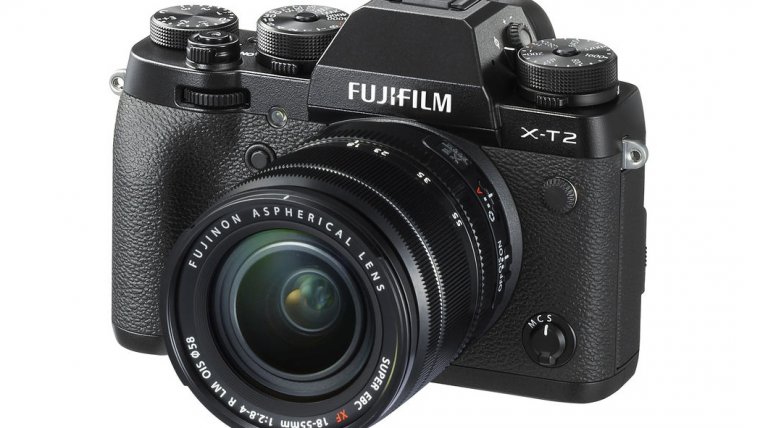
Another day, another fun camera review. It’s rare that you get to review a camera that is totally uninspiring and where you’ve got very little to say about it so every article ends up being special in its own way. Today’s review will be even more special than usual because it’s time to take a look at the Fujifilm X-T2, one of the best cameras the company has ever made.
Table of Contents
The first thing that makes any Fujifilm camera stand out from the crowd is its iconic design. While may companies these days play around with the retro design because retro is ‘’in’’ again, only Fuji and few other companies did a good job in combining that vintage look with a modern camera. The X-T2 is one of the best examples of a camera that manages to accomplish that as well as Fuji X-H1. The high-quality materials combined with an understated black look really make the X-T2 stand out. The feel in the hand is also very good with nicely pronounced grip and a faux-leather material that surrounds it. There’s also a raised area for your thumb, so this is one comfortable camera to use.
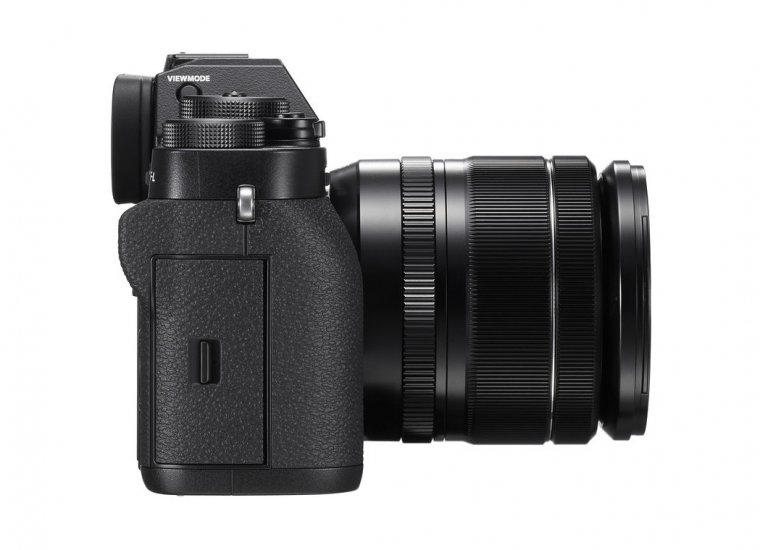
All of the dials and buttons are easy to use with the most important ones like the dials to change your exposure parameters being in their perfect place and easy to use with your thumb and the pointer finger. Let’s say a few words about those all-important manual controls. Let’s start with the dials, the X-T2 has no less than 5, a truly impressive number by any standards. The one on the left side is used to control the ISO and the shooting modes. The other two big ones are used to adjust shutter speed and exposure compensation. Lastly, the one near the thumb rest and one on the front are two clickable command dials which you can use to do the same thing which is more convenient while you’re shooting through the viewfinder than fiddling with other three ones. As most of the main functions are covered by those dials, the X-T2 doesn’t have that many buttons as it doesn’t need them. On the front of the camera, you will only find a little dial to switch between manual focus or two different AF modes. On the top of the camera, you’ll find one customizable AF button and the shutter button. Looking at the back you’ll notice the trashcan, view, AE-L, AF-L, DISP BACK and the MENU OK buttons as well as the four-way controller and a little joystick that is used to select the desired focus point. You can customize almost all of those buttons to do different things, which together with the sheer amount of dials really makes the X-T2 one easy camera to use no matter if you’re an amateur or professional photographer.
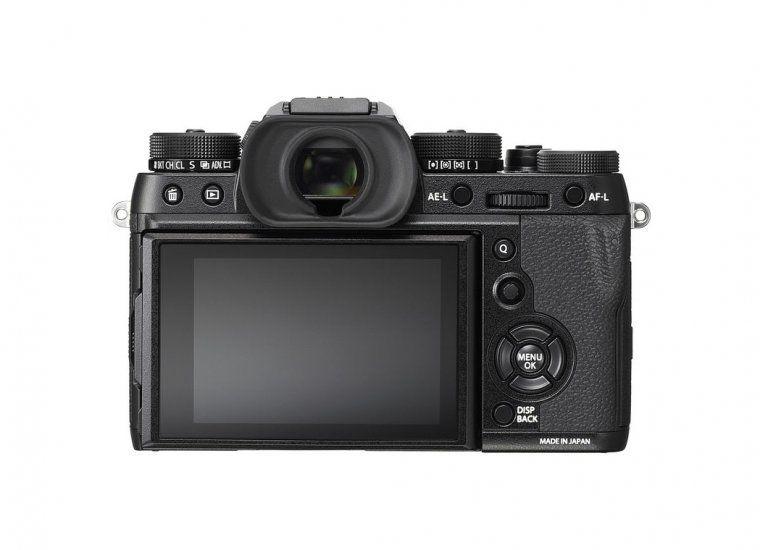
Before we move on to the screen, the viewfinder and the user interface in general we should also mention that the X-T2 comes with a built-in electronic shutter which allows it to shoot at an impressive maximum shutter speed of 1/32000 of a second enabling you to capture moving subjects more easily or to use your large aperture lenses wide open in the sunlight. There are some caveats to this though meaning you can’t use flash in this mode, your slowest shutter speed is limited to 1 second and the ISO range is reduced to 100-12800. Those aren’t that big of a problem considering the conditions in which the electronic shutter will be used the most.
Taking a look at the viewfinder and the screen reveals another area which is a strong point of the X-T2. The screen itself is of very good quality but unfortunately, isn’t touch enabled. It seems that Fuji decided not to include this feature for the sole reason that you have all the controls you ever need available on the body itself. It does have one unique feature and that is its dual hinge design which enables you to adjust it in many different angles. A viewfinder is also an impressive unit by itself and it now sports the ability to work at very fast refresh rates of 60 or 100 fps. It has many different graphic options and the most useful one is a Dual mode which splits the image in one full-size image and one smaller one which serves to help you to manually focus more easily by zooming in on the part of the image where you have set your focus point. This really shows how far the EVFs have come and that they have really become a viable replacement for an optical viewfinder. The user interface on the X-T2 is excellent, fluid and reliable. Everything fits in its place and is labelled correctly and also color coded where needed. You also get the benefit of arranging your most used settings and features via the My Menu or the Q Menu. You can also switch between two different display modes with one of those being Custom Live view mode in which you can set 14 different options to be shown on your screen and also in the viewfinder. Very handy indeed.
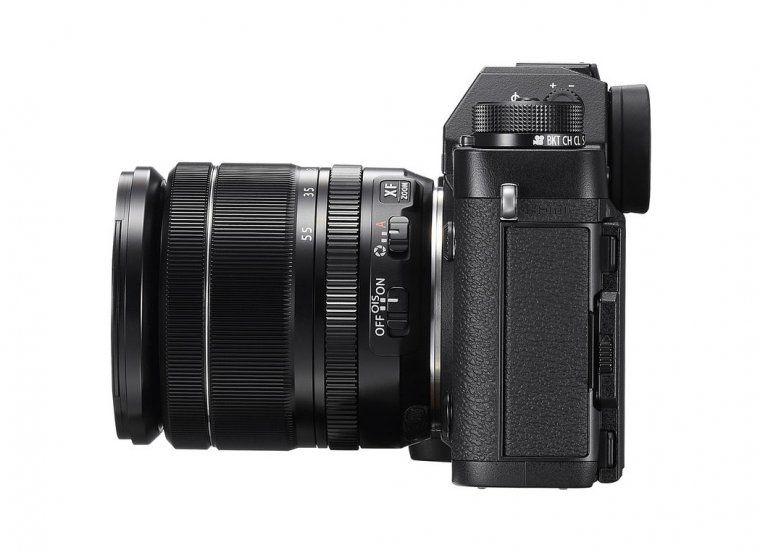
Before we end this section of the review, let’s see what kind of Wi-Fi functionality does the X-T2 offer. In short, it’s very well implemented and feature packed. To gain direct access to Wi-Fi options you can program one of the Fn buttons for that task. You can back up your photos and videos on both your smart device and your PC. You can also embed your photos with location information gathered by your smartphone, which is a pretty nice workaround for the lack of included GPS unit. Using the Camera Remote App is nice and easy and you gain access to all of the controls you would ever need in addition to being able to even control the timer, flash and gain access to Film Simulation modes. So, we have nothing but good things to say in this part of the review in regards to Fujifilm X-T2, it’s really a camera that was made up to the highest standards and it shows no matter the way you look at it.
Things are about to get very exciting as it’s time to talk about the AF performance of the X-T2. The 325 point hybrid system really shows a lot of promise and it’s time to see how it holds up in real world usage scenario. The AF system consists of both the contrast detect and phase detect focus points. That means that the camera can switch to different types of points to cope with different situations you are shooting in. You can also customize the AF behavior to your heart’s content. This means that you can adjust Tracking sensitivity, Speed Tracking sensitivity and Zone Area Switching. All of this can make your continuous AF performance much better and more catered to the situation you are shooting in. There’s also the ability to use either single point AF or switch between different zones of focus points. There’s also Face Detection feature, but since it only uses contrast detection points it’s accurate, but a little slow. The AF performance of Fuji X-T2 is great as long as there’s enough light in the scene. In well-lit environments, the camera will focus quickly and accurately every time and the same can be said for subject tracking performance. In lower light, the camera takes a little longer to focus as before every shot the contrast detection points have to kick in no matter the situation and those aren’t as fast as traditional phase detect ones in those circumstances. At least the accuracy still remains very high as long as you aren’t shooting very fast moving subjects. So the autofocus performance is general is really good, but you should be aware of some limitations in low light conditions.
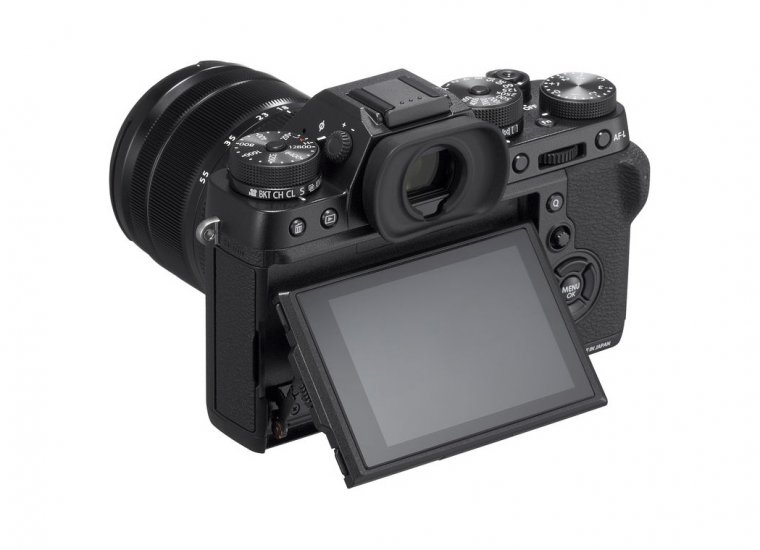
In well-lit environments, the camera will focus quickly and accurately every time and the same can be said for subject tracking performance. In lower light, the camera takes a little longer to focus as before every shot the contrast detection points have to kick in no matter the situation and those aren’t as fast as traditional phase detect ones in those circumstances. At least the accuracy still remains very high as long as you aren’t shooting very fast moving subjects. So the autofocus performance is general is really good, but you should be aware of some limitations in low light conditions.
The performance of the X-T2 in daily operation is excellent and you should have no problems in this regard. If you still feel that the camera needs to be faster you can engage it in the Boost mode when it’s attached to the optional battery grip and gain even more performance. This Boost mode improves everything from AF speed, EVF frame rate, shooting interval, shutter lag, blackout time and you even gain additional 3 fps for the maximum burst rate. It’s a very interesting approach by Fuji to give you more functionality from the battery grip accessory. So this means that the already respectable 8 fps burst rate turns into a very impressive 11 fps, putting the X-T2 right up there with the fastest mirrorless cameras and DSLRs. While area, where you could seriously consider a purchase of the battery grip, is the battery life itself. Rated at the 340 shots it’s a below average performance for a mirrorless camera. At least you the option to charge the camera via USB, which is a nice addition. So, apart from the unimpressive battery life, the X-T2 really shines when it comes to autofocus and general performance, especially with the battery grip attached to in and the Boost mode turned on.
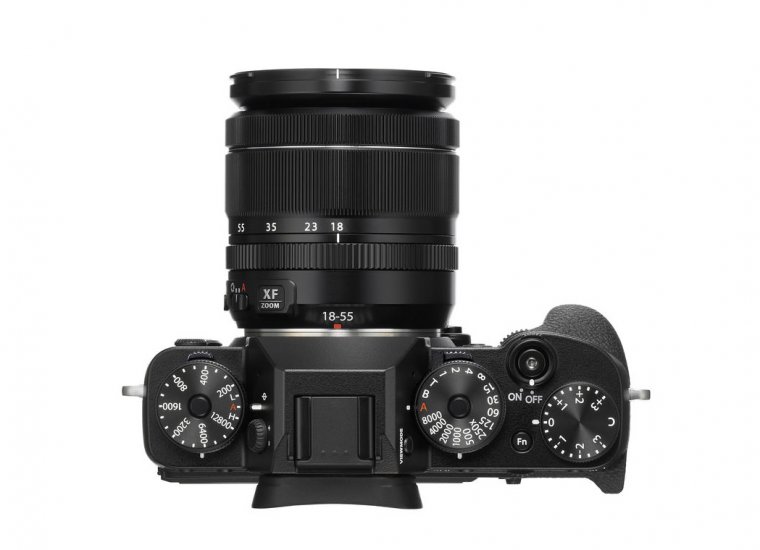
It’s a fact that Fuji’s cameras always leaned a lot more on photography than video recording, but that has finally changed with the X-T2. If you’re serious about video, than you should seriously consider purchasing the battery grip made for the camera as it triples 4K video recording time (ups it to 30 minutes from 10) and you also gain a headphone jack for monitoring audio recording.
The 4K video only crops into 1.17x of the image frame, which is far less than we’ve seen on some other APS-C cameras and those who wish to use their ultra wide angle lenses will be happy to know that they won’t lose that much of their field of view. Fuji also added the F-Log gamma profile for those who plan on post-processing their videos on their computers. It’s a shame that the latter is only available if you record video over HDMI with an external recorder. Focusing in video has also been improved with more control over AF behavior and you still have the ability to use focus peaking while focusing manually. The autofocus performance isn’t the smoothest, but it’s always accurate and pretty fast.
Before we dwell into the quality of the recorded footage we should also mention that the 4K recording tops out at a bitrate of 100 Mbps at 30 fps and 1080p can also be recorded at the same bit-rate but at a maximum of 60 fps. The quality of the videos themselves is very high and you’ll always gain clean and detailed footage. We are also happy to report that the X-T2 has no real problem with rolling shutter, something that plagues a lot of mirrorless cameras. There’s nothing to complain about here, so let’s move on the quality of stills that it can produce.
It’s such a good feeling to review a camera that has no real flaws in image quality and that covers all its bases well. The images taken with the X-T2 are almost flawless in every way.

Photo courtesy of Beverly Wickersham
There’s a lot of detail captured, colors are nice and warm, noise is low even in low light and the dynamic range is best in class. This also holds true no matter if you’re shooting RAWs or JPEGs, the X-T2 performs admirably in both cases. If you still wish to give your photos a little more oomph, you can also take advantage of the nice selection of included Film simulation modes.
After this comprehensive review, let’s return to the original question we asked ourselves right at the start, is the X-T2 the camera that Fuji wants it to be? Does it really sit at the top of the heap? You bet it does! This camera is one impressive piece of hardware in every regard. You do have to use the optional battery grip if you want to release its true potential, but that really isn’t a big problem since it brings a lot of benefits to it, like the Boost mode, increased video recording time and a headphone jack. Most importantly, it corrects the only flaw we could find and that’s the uninspiring battery life. The rest of the camera is nothing short of excellent. Everything from the body of the camera, video and image quality and the feature set is made with the highest standards. Kudos to Fujifilm, they’ve really created something really special with the X-T2.
Comments (0)
There are no comments yet.